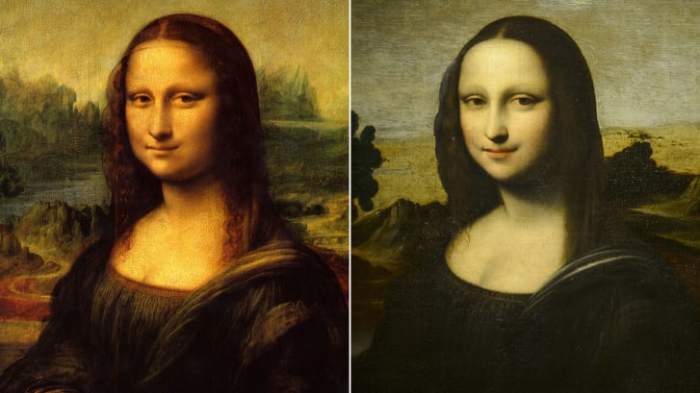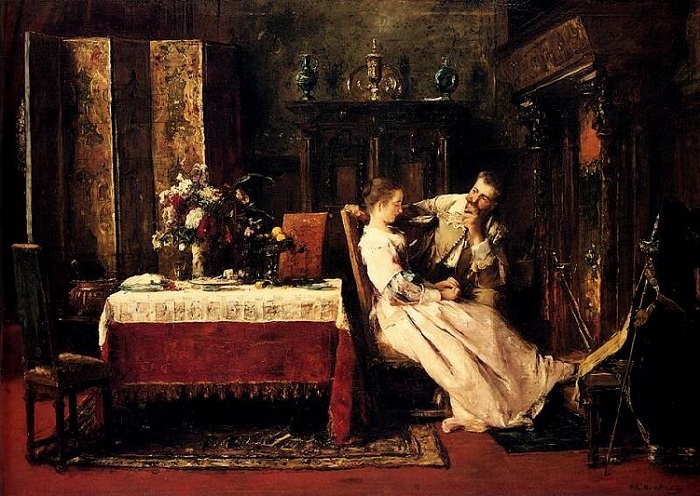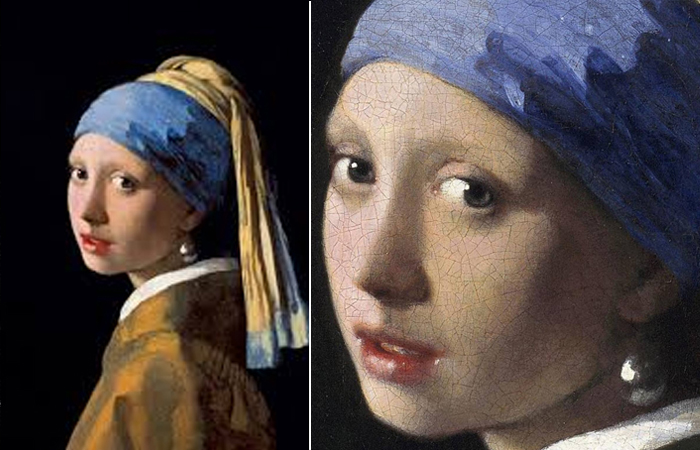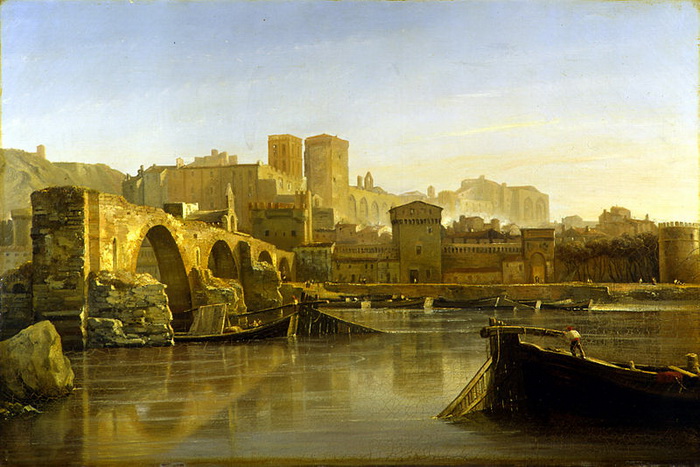Secrets of “Ladies with an Ermine”: What does the cute animal in the painting of Leonardo da Vinci hide
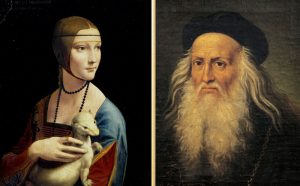 “The Lady with the Ermine” (1489-1490) is one of the most important works of all Western art, the subject of the greatest rarity of the genius Leonardo da Vinci and one of the four famous female portraits of the master. Modern art critics are sure – the white animal in the picture appeared for a reason.
“The Lady with the Ermine” (1489-1490) is one of the most important works of all Western art, the subject of the greatest rarity of the genius Leonardo da Vinci and one of the four famous female portraits of the master. Modern art critics are sure – the white animal in the picture appeared for a reason.
Transformation of the picture
To date, only a small part of the picture has remained genuine, the rest has been repeatedly retouched: the entire background was darkened, the dress was changed, and the transparent veil worn by the woman was repainted in combination with hair color. Another adjustment of the unknown restorer was the addition of dark shadows between the fingers of her right hand (upon careful examination of the two lower fingers it is noticeable that they are significantly inferior to the others). However, the most important discovery of the picture was that the Italian artist did not write the work in one stage, but in three clearly distinguishable stages. His first version was a simple portrait without an animal. In the second stage, the artist included a small gray ermine. In the third and last iteration, the small animal turned into a large white ermine. The transformation of an ermine – from small and dark to muscular and white – can also indicate the desire of the Duke Ludovico Sforza to create a more flattering portrait of his beloved.
The personality of the heroine of the picture
The heroine of the work is Cecilia Gallerani (c. 1473-1536). Her age in the picture is 16 years old. Cecilia was born in Siena (Italy), where she received a solid education, knew Latin, wrote poetry and had musical talent. This portrait of Leonardo’s work, which she described as “unparalleled,” created a new ideal for a courtly female portrait. Captured in a half-turn, with a hint of a smile, Cecilia really seemed to be snatched from life. This pose was already standard for portraiture, being popularized by Dutch artists Jan van Eyck and Hans Memling. Cecilia’s graceful hand strokes the ermine. Cecilia is dressed in expensive fabrics embroidered with gold thread, a necklace of saturated black stones and a headdress of a thin veil. Leonardo wraps it in a blue mantle, using lapis lazuli, a semiprecious stone for the manufacture of ultramarine blue pigment. The clothes and hairstyle of the heroine are written in typical Spanish fashion of the 15th century.
Ermine symbolism
Ermine plays a key symbolic role in decoration, so a breakthrough is extremely important not only from a technical point of view, but also from an interpretation point of view. If you look at the close-up portrait, you will see that Cecilia and Ermine both look in the same direction. Art historians have found that the ermine represents the lover of the model Ludovico Sforza (in 1488, just 2 years before the portrait was painted, he was awarded the sign of the Neapolitan king of the Ermine Order). Sometimes he called himself ermellino bianco (white ermine). In addition, the ermine hides the pregnancy of the model (she soon gave birth to a son, Cesare, and ermines from ancient times were associated with obstetrics and the protection of pregnant women).
And yet, there is more to this picture than just the image of a charming young woman with an animal. Leonardo, being a comprehensively talented person, could not do without symbolic allegories. And yet there must be something more to it than a beautiful young woman and a kind of risky animal. Leonardo, being a subtle and intelligent person as he was, would not be satisfied with the lack of symbolic associations.
Ermine fur was an expensive and precious material that the first persons in the state could afford. In addition, artists sometimes portrayed the Virgin Mary in a cloak with an ermine lining. Therefore, he was regarded as a symbol of purity and even chastity, which allows us to evaluate the idea with an ermine as the idea of purity of the youngest girl. The authenticity of this version is proved by the possible allusion of the artist to the name of Cecilia Gallerani (galle translated from Greek means “ermine”).
Composition and technique
The artist uses long curved lines in the absence of the use of straight lines. The picture almost entirely consists of bends. The exception is the stripe on the head and the square neckline on her dress. The lines create a triangular composition of the picture. Focused light is reflected on the main characters of the picture on the right side and thus softens their shapes. The artist painted his paintings using geometry and mathematical principles discovered by the ancient Greeks. The ermine’s smoothly curved body and the shape of the heroine’s turn were something of a completely new way of writing portraits, which gave rhythm to the whole composition. Such a moving composition of the portrait resembles a baroque snake (when moving figures are marked by a strong, sometimes even unnatural body turn). Leonardo writes figures at an angle. The lines direct the viewer’s eye and create the illusion that Cecilia can turn around and make eye contact at any time. This “trick” (popular in mannerism) gives the picture a lightness and dynamism.
